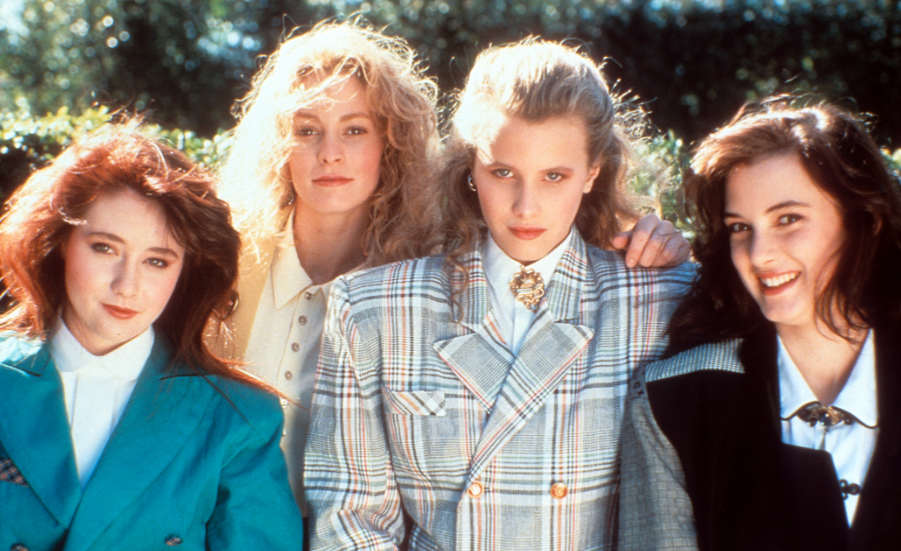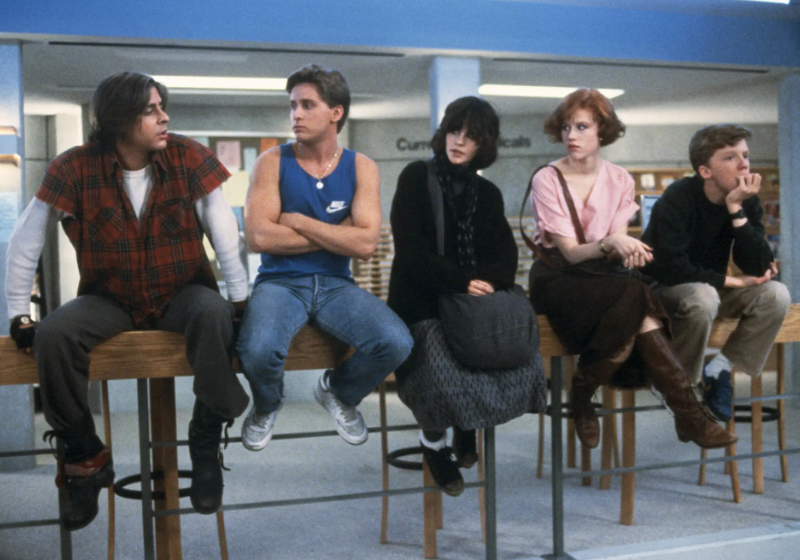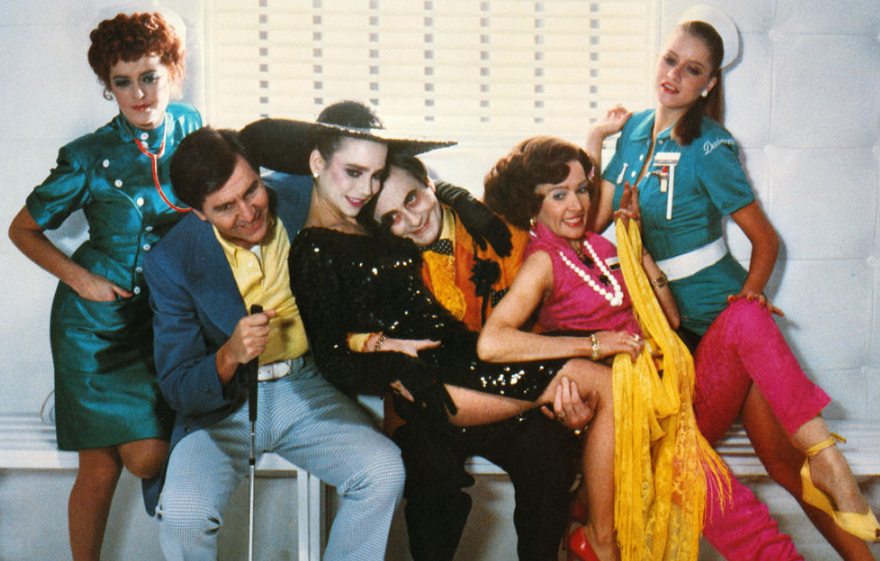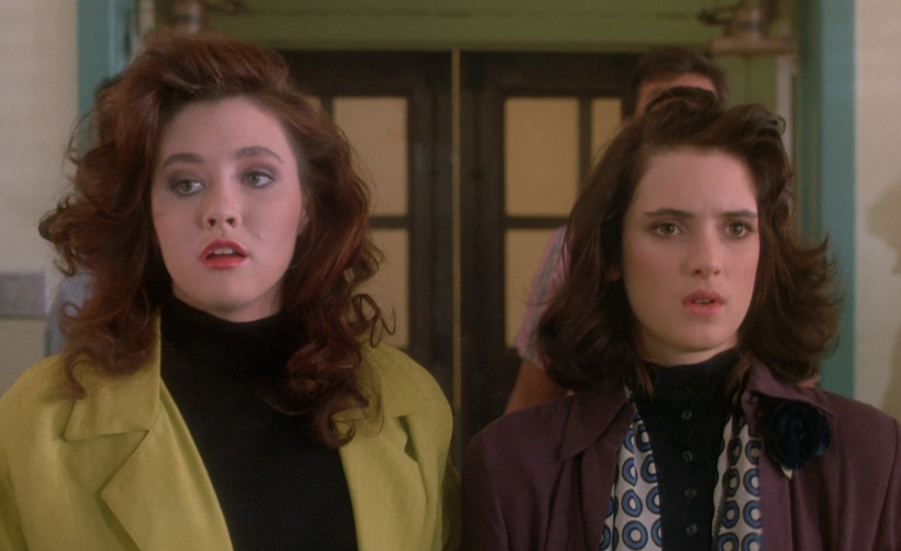When you think about movies from the 1980s, a few mainstream genres come to mind: Action-packed films starring Arnold Schwarzenegger and Sylvester Stallone, popular horror flicks like Friday the 13th, A Nightmare on Elm Street, and The Shining; and John Hughes’ classic comedies. What many don’t realize, however, is the LGBTQ+ symbolism and depictions that lingers in certain films. It’s due in part to the LGBTQ+ community back then not being as open and supported as it is in the modern age.
I’m taking a deep dive into three movies from the 1980s to search for any hidden LGBTQ+ representation and scenes we likely weren’t aware of when watching it the first or second time!

Heathers (1988)
Although a Heathers Broadway musical premiered in 2014 and a Heathers TV series came out in 2018, nothing compares to the original movie. In the scene near the movie’s end, there’s a small glimpse of the main protagonist, Veronica (Winona Rider), kissing antagonist Heather Duke (Shannen Doherty) on the cheek. What if Veronica resembled bisexual feelings that some hadn’t thought about until now? What if she had bisexual feelings, but tried to play it off, deny, or even hide them to maintain her social hierarchy and popularity with the other Heathers?
There were LGBTQ+ scenes in the 2018 reboot, but it was primarily male-focused and did not represent it properly. In fact, according to The Daily Beast, “the Heathers of thirty years ago had a more acerbic and sophisticated approach to LGBT issues than this new Heathers, with its almost far-right worldview.”

The Breakfast Club (1985)
We all know and love this well-known 1980s classic: The Breakfast Club! Although romance wasn’t thoroughly depicted until the ending, when the jock goes with the basket case and the princess shows interest in the anti-hero. The friendships between the main characters slowly developed throughout the movie, but I feel that popular Claire Standish (Molly Ringwald) and eccentric Allison Reynolds (Ally Sheedy) were able to bond with each other the quickest.
In one scene, Claire decides to give Allison a full makeover to impress Andrew, the jock. However, in my opinion, there seemed to be some romantic tension between the two of them. Trish Bendix writes in After Ellen that it seems like Claire felt uncomfortable with the guys’ sexual jokes and teasing. Disappointingly, there wasn’t much else shown in the movie regarding LGBTQ+ relationships. “LGBT depictions are pretty much non-existent in The Breakfast Club,” says writer Cat Fluente, “but there are plenty of gay slurs and stereotypes present in the film that wouldn’t make it into a film made today.”

Shock Treatment (1981)
Shock Treatment, the forgettable follow-up to 1975’s Rocky Horror Picture Show, focused on the marriage of Brad and Janet. It’s not as popular or well-known as its predecessor, but it had just as many LGBTQ+ depictions! Throughout most of the movie, Janet (Jessica Harper) questions her marriage with Brad (Cliff DeYoung), which leads to them becoming guest stars for a reality TV show. She goes through a massive (yet temporary) transformation from being just “Brad’s wife” to being an independent, slightly seductive woman. Because of this happening so fast, she felt more free with herself and her sensuality. This behavioral and personality change expressed the realistic approach to how some women express their sexuality.
Header: Shannen Doherty and Winona Ryder in Heathers (Cinemarque Entertainment)
About the Author
You may also like
-
Big in Japan: The Niche Genre of Asian Films That Never Lost the Fun
-
Screaming, Crying, Laughing — Why Can’t We Get Enough of Gruesome Comedy?
-
The Politics of ‘Attack on Titan’: Reality or Fiction?
-
Celebrating the Magic of Black Witchiness in Entertainment
-
‘The Upside’ and the Importance of Positive Representation

